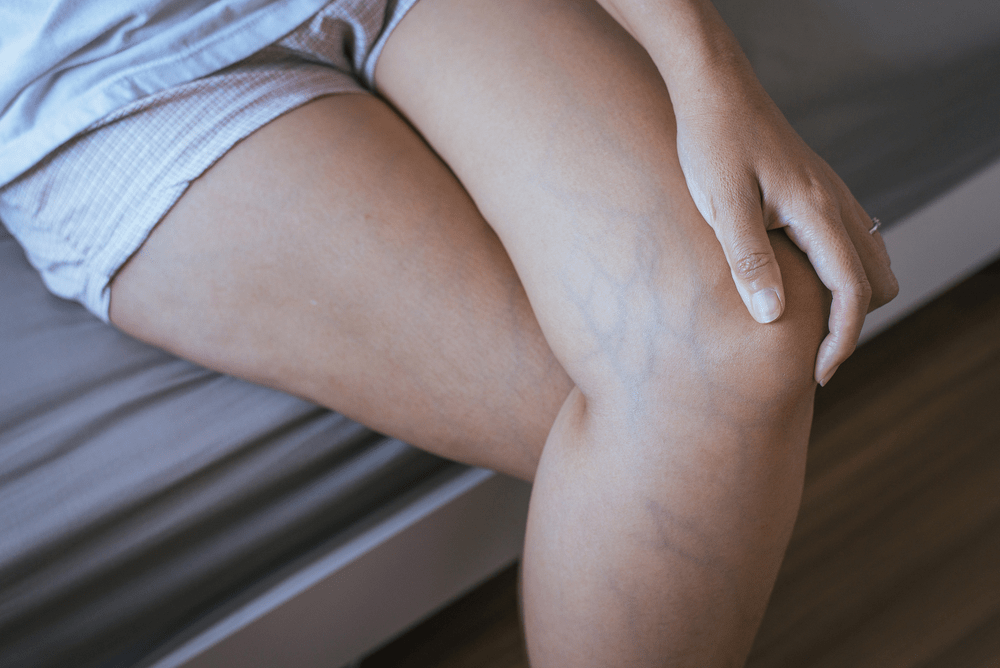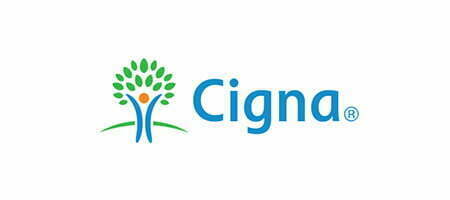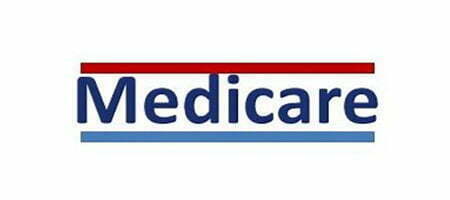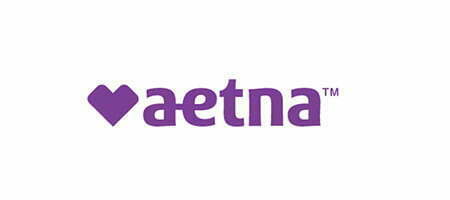Spider veins, those annoying red, blue, and purple surface veins that spread out across the skin of the legs, arms, and face, can be embarrassing, even if they don’t cause much pain or discomfort. Sclerotherapy is a treatment for spider veins that causes them to fade and eventually disappear for good. Zenith Vascular & Fibroid Center in Memphis, TN can help you get rid of your spider veins permanently.
How Long Does Sclerotherapy Last?
When you treat spider veins with sclerotherapy, the results are permanent, as the veins close completely and are absorbed into the body. Spider veins have no practical use and can easily be treated by ultrasound-guided injections or laser therapy. These minimally-invasive treatments are designed to treat spider veins quickly so they no longer cause appearance anxiety. Moreover, innovative technologies allow our technicians to treat both visible spider veins and those that aren’t yet visible but will be if left untreated.
However, despite this treatment’s permanent results, your body is continually growing new veins, which can become spider veins over time. So, while the old, treated spider veins never come back, new ones can become visible and require additional treatment. The good news is that these veins take longer to show up in previously-treated areas, so a significant time will pass between treatments if they are even needed again at all. Some people may never see a recurrence again.
Early Treatment Is Best
Many people who suffer from spider veins wait to get them treated, perhaps thinking they will disappear on their own. On rare occasions, spider veins do go away without medical intervention, but in most cases, treatment will be required to eradicate them forever. The sooner you get treatment for spider veins, though, the easier they’ll be to treat and will require fewer sessions. Plus, you won’t have to deal with the appearance of these spider veins for longer than necessary.
What Are Spider Veins?
Spider veins, which are medically known as Telangiectasia, are visible veins that can show up on any part of the body, but are most commonly found on legs, arms, and the face. The underlying cause of spider veins is a condition called venous insufficiency, which means the valves in your veins aren’t working properly. These valves, which prevent blood from moving backward in your veins, keep your blood flowing as it returns to your heart.
If your valves don’t work as they should, the blood is not efficiently pumped back to your heart and it pools in your veins. The extra blood can cause your vessels to become enlarged and branched, which results in spider veins. These branched veins shouldn’t be confused with varicose veins, even though they have the same underlying cause. Spider veins aren’t painful, although they can itch on occasion. They’re completely harmless, but people often don’t like the way they look.
You don’t have to have spider veins treated, but many people choose to get sclerotherapy, especially now that it does not require a surgical procedure. They may have been using concealers to cover up their spider veins for many years, but are ready to permanently destroy these veins and restore confidence in their appearance. With the technological advances that are available today, there’s no reason not to get spider veins treated with permanent results.
The Procedures
Laser Treatment
The two most popular minimally-invasive treatments available for spider veins are laser treatment, and ultrasound-guided injections. Laser treatment uses a focused beam of energy on the pigment of your blood to heat up and destroy the affected veins. When a vein is damaged, it is no longer used to pump blood back to your heart and eventually dies. The treated vein will be absorbed by the body and the blood will be rerouted through healthy veins.
Ultrasound-Guided Injections
Ultrasound-guided injections work by causing affected veins to harden and close, which prevents blood from flowing through them. A sclerosing agent is injected into the spider veins using very small needles. As with laser treatment, the treated veins die and are absorbed by the body. The blood that used to flow through these veins is rerouted to the heart via healthy veins. The ultrasound helps the technician locate spider veins, including those you may not be able to see yet.
Either treatment will eliminate 98% of your spider veins, and if one session doesn’t cause your veins to completely disappear, you can repeat the treatment to achieve your desired results. As for which treatment is best for you, that depends on several factors. If you’re averse to needles, the laser may be a better option. If you have darker skin, injections may be more effective in fewer sessions. Your provider can help you determine which technique is best for you.
Benefits
Safe Solution
This treatment is completely safe for qualified candidates, and it has been approved by the Federal Drug Administration (FDA) as an effective treatment for spider veins. In fact, this treatment is often preferred by both providers and patients because it requires no incisions or tissue removal.
Minimally-Invasive
Since these treatments are minimally-invasive, you do not have to receive general or even local anesthesia. Not only does this make it a safer treatment, but it also significantly reduces the amount of time you have to spend at the clinic before and after your session. You won’t have to be admitted to a hospital or outpatient facility to get the anesthesia, and you won’t have to spend time in a recovery room as the anesthesia wears off.
More Clothing Options
Many people refrain from wearing clothing that shows off their legs or arms if they are suffering from spider veins. Once you get them treated, you can wear whatever clothing makes you feel good about yourself. Some patients report wearing shorts or a bathing suit for the first time in years. This treatment can free you from pants, long skirts, and long-sleeved shirts.
High Success Rate
As previously mentioned, sclerotherapy is effective 98% of the time on spider veins. This is an incredibly high success rate, and even if you don’t achieve the results you want in the first session, you can have your spider veins treated again to increase the odds of permanent success. There are very few guarantees in life, but this treatment comes pretty close.
Affordable
Compared to surgical solutions for spider veins, this treatment is very affordable. You won’t be paying for a hospital’s services or for general or local anesthesia, so you are eliminating those costs by choosing sclerotherapy instead of other, more invasive options.
Convenient
This treatment is considered a “lunchtime treatment” because you can easily schedule your appointment over your lunch hour and be able to return to work on time after your session concludes. The exact time you’ll spend at the clinic depends on how many spider veins you’re getting treated and how large the treatment areas are. Typical sessions last between 15 and 30 minutes, which is even enough time for you to grab a bite to eat as well!
No Downtime
With traditional surgical procedures, you usually have to spend at least a few days off your feet while your incisions heal, but with sclerotherapy, there is no downtime at all. Since there are no incisions made or any anesthesia administered, you can return to your daily activities immediately following your session. Additionally, no one will even know you’ve had a treatment unless you tell them.
Relieves Itching
Spider veins are not painful, but they can itch or be somewhat uncomfortable. Getting them treated with a laser or through injections relieves any itching and discomfort associated with spider veins. If you have issues with varicose veins, which can be painful, these treatments may also work to eliminate them as well. Talk to your provider if you’re experiencing bulging, twisted veins in your legs or abdomen.
Risks Factors for Spider Veins
Arms and Legs
Anyone can develop spider veins, especially if they have a family history of them. However, there are certain risk factors that increase the likelihood of spider veins appearing. These risk factors for developing spider veins in the legs and arms include the following.
- Age
- Obesity
- Pregnancy
- Standing for long periods of time
- Steroid use
- Vigorous exercise
- Genetics
- Trauma
Any condition that puts extra pressure on your veins can cause valve malfunction. Additionally, if you damage the walls of your veins through trauma to the affected body part, you may develop spider veins because your veins’ muscles cannot pump the blood back to your heart efficiently. Age is also a factor in causing weaker vein muscles, which means they have to work harder to return your blood to your heart. Regular exercise can help combat this risk factor.
The Face
The cause of spider veins on the face is often the result of bursting blood vessels rather than vein insufficiency, so the above-mentioned risk factors don’t necessarily apply to facial spider veins. The risk factors for spider veins on the face include the following.
- Alcohol consumption
- Exposure to wind and sun
- Rosacea
- Hormone Replacement Therapy (HRT)
- Trauma to the skin
- Birth control or pregnancy hormones
Fortunately, the treatment options for facial spider veins are the same as they are for spider veins that occur on other parts of the body. You can use the minimally-invasive treatments even on delicate facial skin and get the same permanent results.
Spider Vein Prevention Tips
Not all spider veins can be prevented, but there are some tips that can help mitigate the risk factors that are more likely to lead to their development. As mentioned earlier, some people are just genetically predisposed to getting them, which is not a factor you can control. However, if you heed these tips, you may be able to lower your risk to only include the hereditary factor rather than having multiple risk factors.
Wear Sunscreen
Not only can sunscreen help lower your risk of skin cancer, but it can also reduce the risk of getting spider veins, specifically on your face. Always use an SPF of 30 or higher to make sure no ultraviolet rays can get through to your skin. Using sunscreen on your arms and legs when you’re out in the sun during the summer is also recommended.
Maintain a Healthy Weight
When you’re carrying around extra pounds, you put additional stress on your lower body, which includes the veins in your legs. Ensuring you maintain a healthy weight keeps your veins from having to work harder than they should.
Keep Moving
Try not to sit or stand in one position for long periods of time. Remember that your veins are working against gravity, which means if you’re constantly standing, they are under extra pressure to pump your blood up to your heart. If you sit too much, you’re causing the muscles in your veins to atrophy, which causes them to be less efficient in pumping blood. Change your position frequently, and get up at least once every 30 minutes.
If your job requires you to stand for long periods of time, consider getting a small stool or box that you can rest your foot on, alternating your left with your right every 10 minutes or so. This will keep you from putting constant pressure on your legs while you work. Additionally, when you are able, sit or lie down with your legs elevated above your heart to aid in circulation.
Wear Compression Stockings
Compression stockings gently squeeze your legs to encourage blood flow and to assist your veins in moving blood back to your heart. You can also find compression sleeves if spider veins are a problem in your arms. Moreover, if you’re looking for a conservative approach to treating spider veins, compression stockings and sleeves are a good place to start, as they aren’t too expensive and can be effective in reducing the appearance of spider veins.
Avoid Overusing Saunas and Hot Tubs
Heat causes swelling, which means if you frequent saunas and hot tubs, you are heating up your veins as well as all other parts of your body. When you heat up your veins, they swell, increasing the likelihood that they’ll become visible just under the skin.
Avoid Wearing Tight Clothing
Other than compression stockings and sleeves, which are designed to help with blood circulation, you should not wear excessively tight clothing. Clothing that is too tight around the legs, pelvis, or waist will cause your blood flow to be restricted. When your blood cannot flow properly, it pools in your veins, creating spider veins, and possibly even varicose veins.
Elevate Your Legs
Whether you stand for long periods of time during the day or not, elevating your legs above your heart can use gravity to help the blood flow better back to your heart. This prevents the blood from pooling in your veins and causing them to become enlarged and branched.
Limit Alcohol Consumption
Since alcohol consumption can lead to swollen blood vessels, it is a risk factor for developing spider veins, especially in the face. Limiting the amount of alcohol you consume will mitigate this risk.
Get Regular Exercise
While vigorous exercise can actually exacerbate spider veins, regular, moderate exercise can help prevent them. Vigorous exercise puts added pressure on your veins to move your blood more quickly, but moderate exercise promotes efficient circulation. Proper circulation prevents your blood from pooling in your veins.
See a Dermatologist
If you suffer damage to your facial skin, or you suffer from a condition like rosacea that increases your risk of spider veins on your face, a dermatologist can give you advice on how to prevent and treat these conditions.
Preparing for Treatment
Preparing for vein sclerotherapy is fairly simple since the treatments are so minimally-invasive that your life is not disrupted in any meaningful way. Your initial consultation will involve a technician examining your spider veins and understanding your medical history. Be sure to let them know about any health issues you have, any previous vein treatments you’ve had, any allergies, and any trouble you’ve had with blood clots. If you’ve been ill recently, be sure to mention that as well.
If you’re determined to be a good candidate for this treatment, you should stop using vitamin E or NSAID medications such as Motrin, Advil, or aspirin a week prior to your session. Talk to your provider to see if Tylenol is an acceptable substitute. Avoid using lotion on the treatment area or shaving the hair covering your spider veins within 24 hours before your appointment. Choose comfortable clothing that allows the treatment area to be accessed more easily.
Aftercare
Since these treatments are minimally-invasive, you won’t have much downtime after your treatment sessions. You can certainly return to work immediately following your appointments, and you’ll be able to keep any social engagement you have as well. You may need to wear compression stockings for approximately five days following treatment, and you should avoid aggressive exercise for 10 days, including contact sports, leg weights, and aerobics. Otherwise, you have no restrictions placed on your typical daily activities.
Good Candidates
Almost anyone can use these treatments to permanently eliminate their spider veins, but there are some conditions that should seek other solutions. Individuals who have any of the following conditions are not good candidates for sclerotherapy.
- Diabetes
- Previous vein inflammation
- Leg ulcers
- Blood clots
- Arterial conditions
- Other vascular conditions
- Current pregnancy
- Previous radical mastectomy
- Dialysis shunt
- Any previous significant trauma to arms, hands, or chest
Ready to Eliminate Spider Veins?
With all the benefits there are to this treatment, there’s almost no reason to wait to treat your spider veins any longer. Contact our specialists at Zenith Vascular & Fibroid Center in Memphis, TN to schedule your consultation and examination today.






